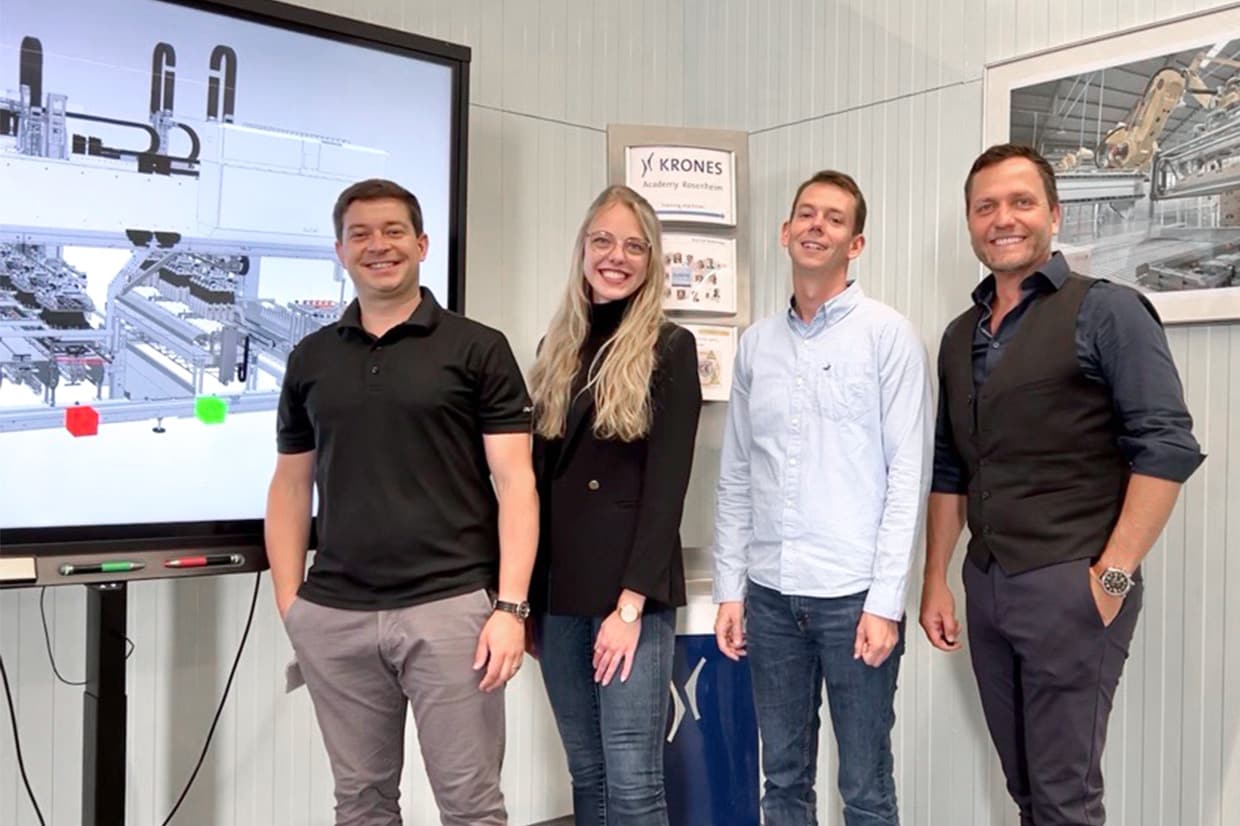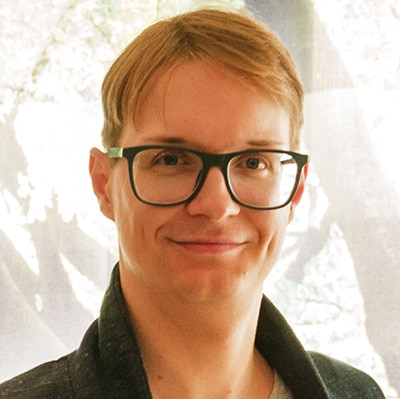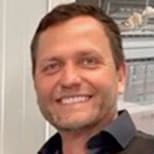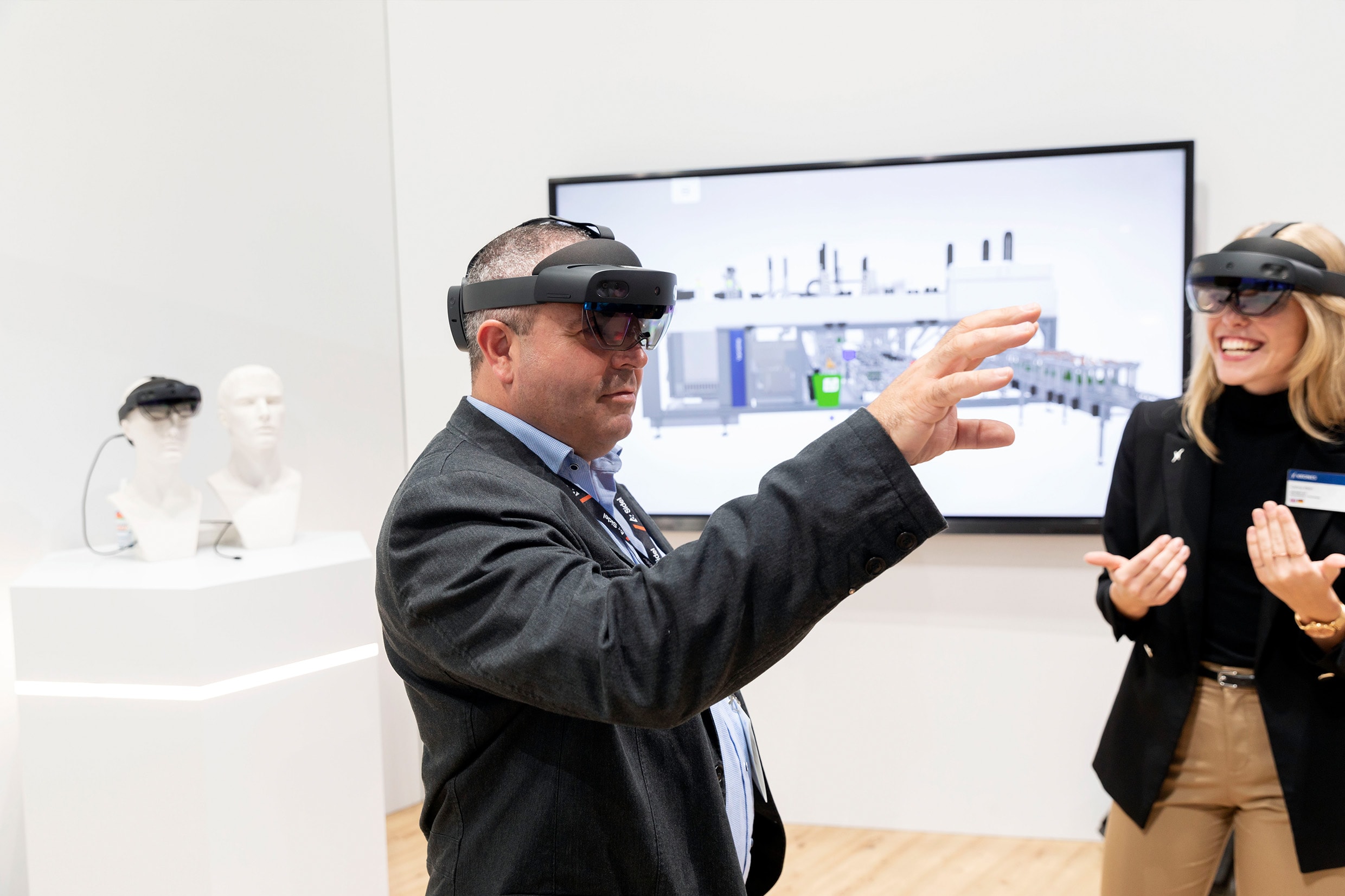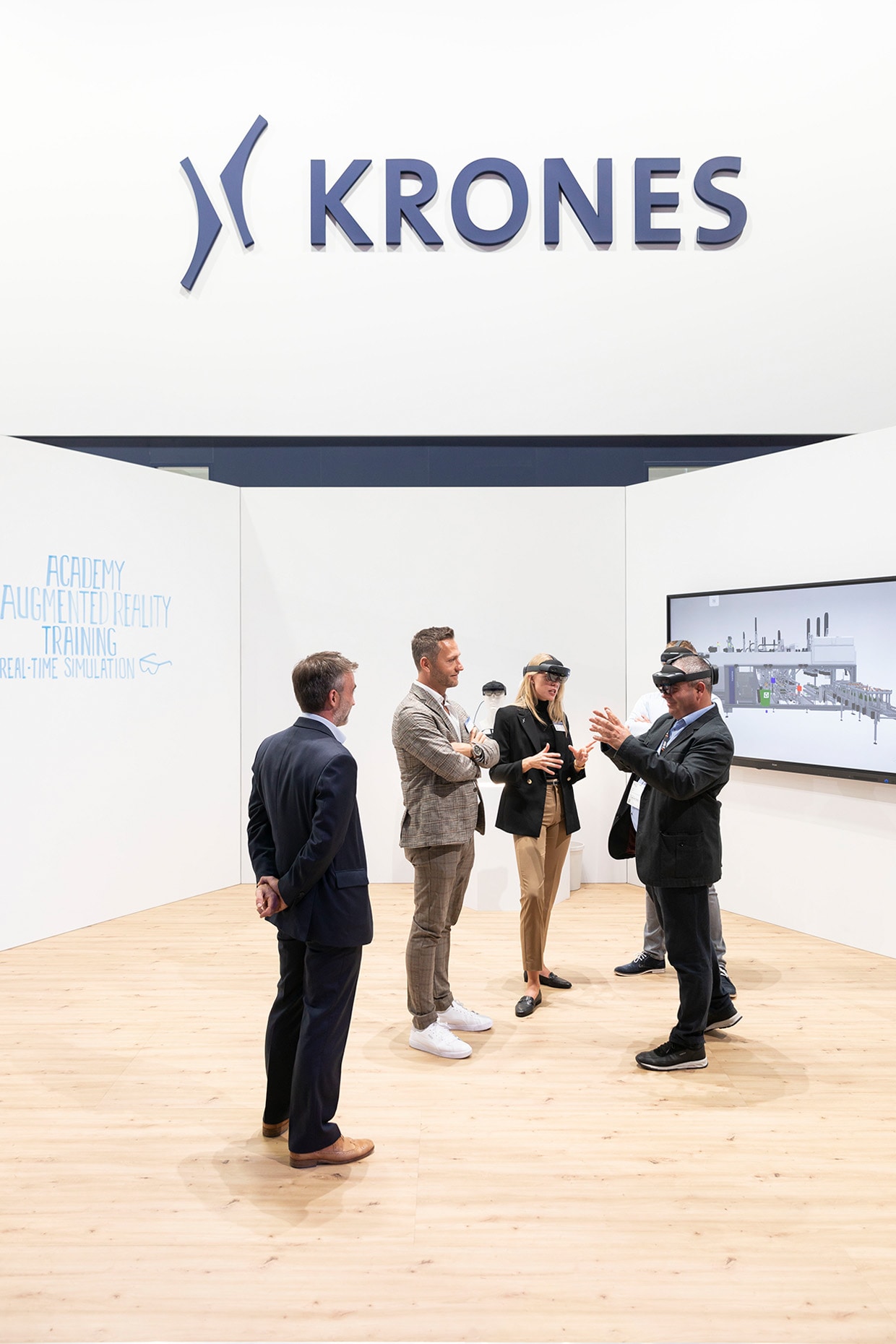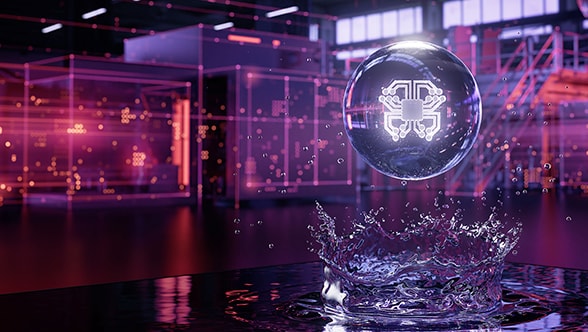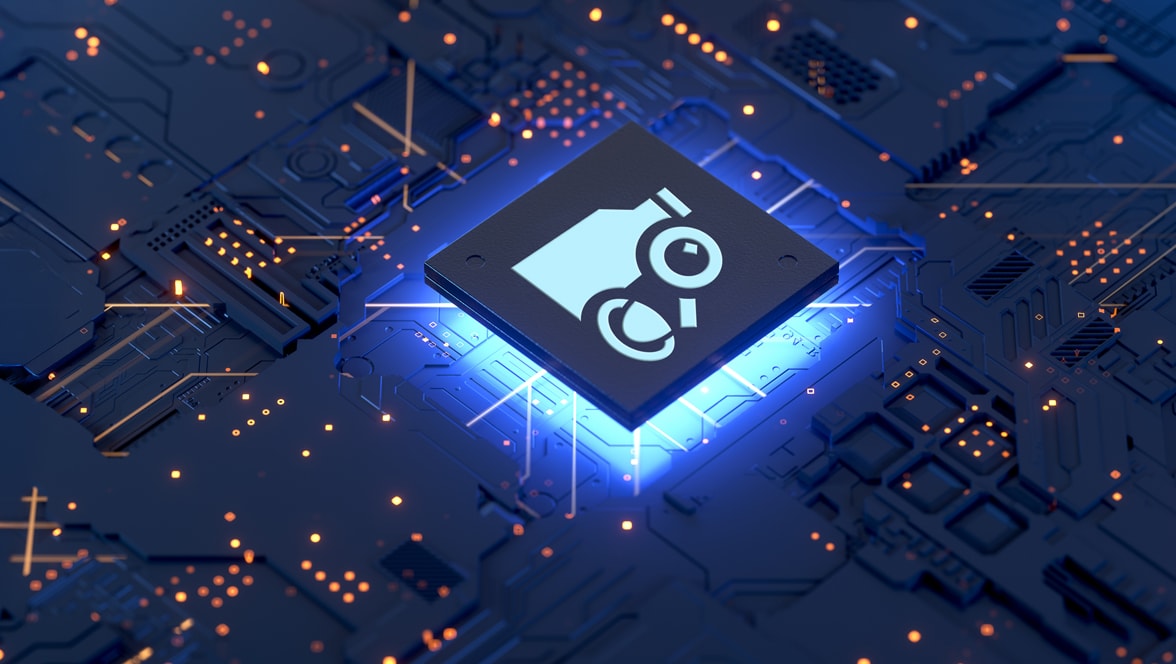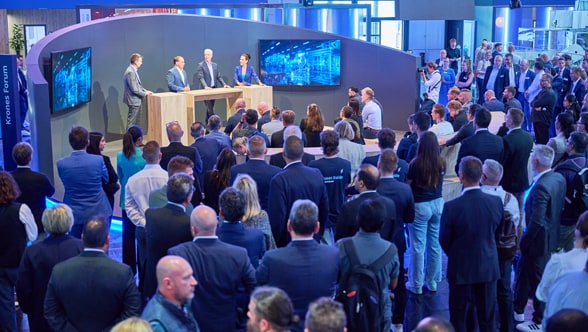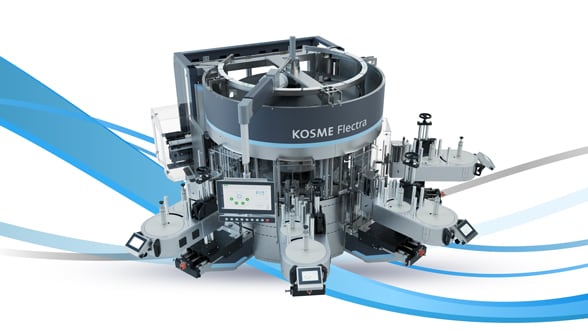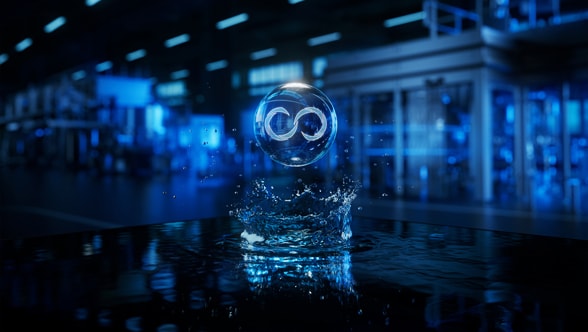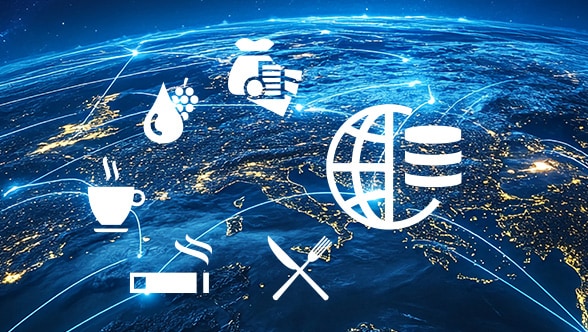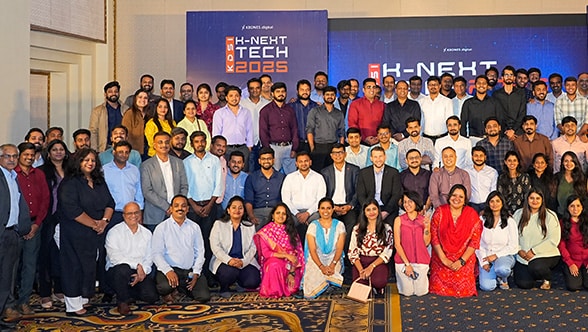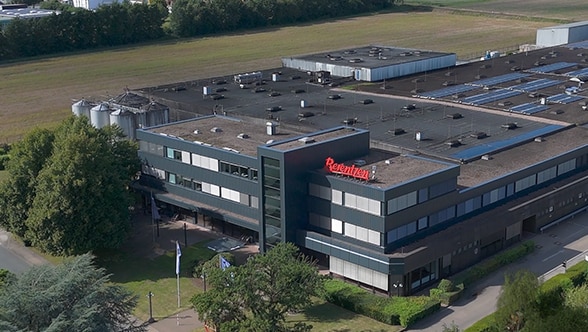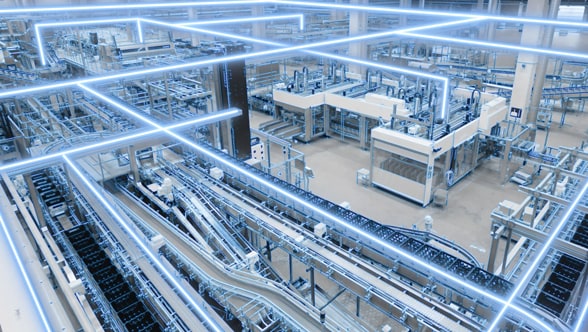As a result of social distancing and the travel restrictions imposed by the coronavirus pandemic, many processes have been switched to the digital world, not least at Krones. These constraints initially posed a major challenge for our in-house Academy, in particular, as it was for quite some time impossible to attend face-to-face training courses on Krones’ premises. In order to successfully complete a training session, however, it was absolutely essential for both the trainees and trainers to be there together at the machines in question.
It should be borne in mind that the complex machines which must be made available to the Academy are very cost-intensive and take up an enormous amount of space. This challenging situation spurred the Academy to innovate. In summer 2021, the idea was born to digitally simulate machines with the help of augmented reality (AR), a technology used to add virtual objects to the real world. In conjunction with the in-house simulation department, the Krones Academy launched a project aimed at creating a machine in as much detail as possible, making it suitable not only for digital training courses but also for software tests. The maxim here is: The more real a model is, the greater the training success.
